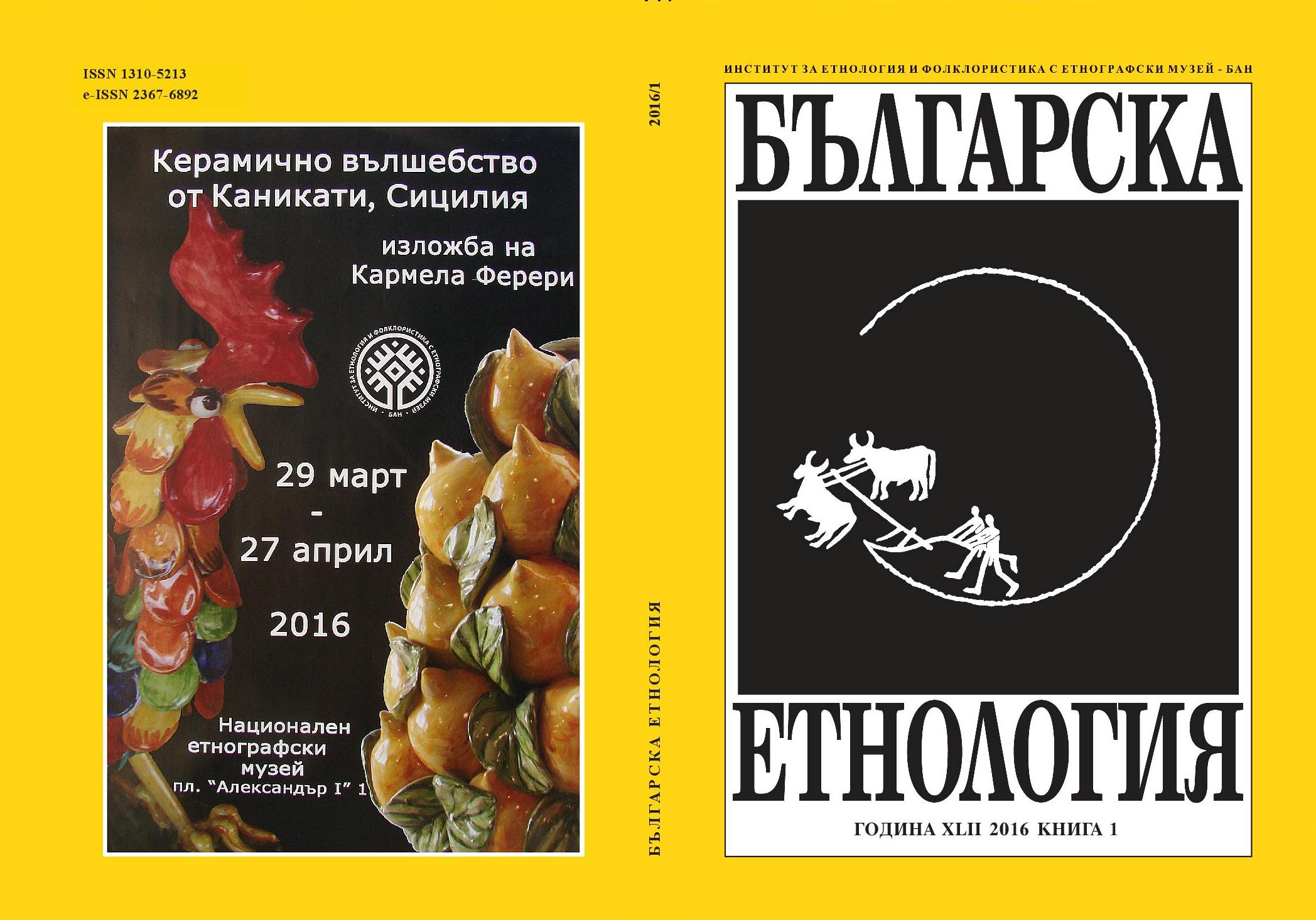Протестните авторалита в Москва през 2012 г.: движение, визуалност и език
Protest Car-Rallies in Moscow in 2012: Movement, Visualization and Language
Author(s): Irina Aleksandrovna SedakovaSubject(s): Customs / Folklore, Oral history, Social history, Cultural Anthropology / Ethnology, Globalization
Published by: Институт за етнология и фолклористика с Етнографски музей при БАН
Keywords: ethnography;protest model of political participation;Russia;
Summary/Abstract: The article is focused on one type of the protest activity in Russia, the two rounds of the car-rallies “White Ring“ in Moscow, on 29th of January and 19th of February 2012, which are studied in the frame of the Russian oppositional movement “White ribbon“. Initiated in December 2011, after the parliamentary elections, the “White Ribbon“ movement has gone through an impressive rise, but has not resulted in any positive political and civic transformations. It brought in, though, many new sym-bols, means and forms of protesting, among them the car-rallies, remembered by the participants as the “most optimistic and creative acts“ (Boris Nemtsov).The big amount of visual and verbal data on the Moscow car-rallies, collected by the author, enables the ethnological, visual anthropological and linguistic analysis of general political appeals and special features of the “White Ribbon“ movement (fair elections, change of the political elite, symbolism of the white color and mov¬ing, the rally as a festival, etc.), as reflected in the “White Ring“. These rallies are also investigated with regard to urban and technological ethnology, since they cor¬relate with the Moscow city plan and the central circle high-way in Moscow (The Garden Ring) and thus highlight the unifying and protecting symbolism of the cir¬cle. The automobile theme (idiomatic phrases, slang, the cars’ decorations, posters and cartoons) transforms the general political pleas, makes them more artistic, vivid and clear. The author comes to the conclusion that the quickly and easily forgotten forms and models of the local and national protest rallies have first to be thoroughly recorded in order to provide a precise basis for further comparative analysis of the universal protest language.
Journal: Българска етнология
- Issue Year: 2016
- Issue No: 1
- Page Range: 10-30
- Page Count: 21
- Language: Bulgarian

